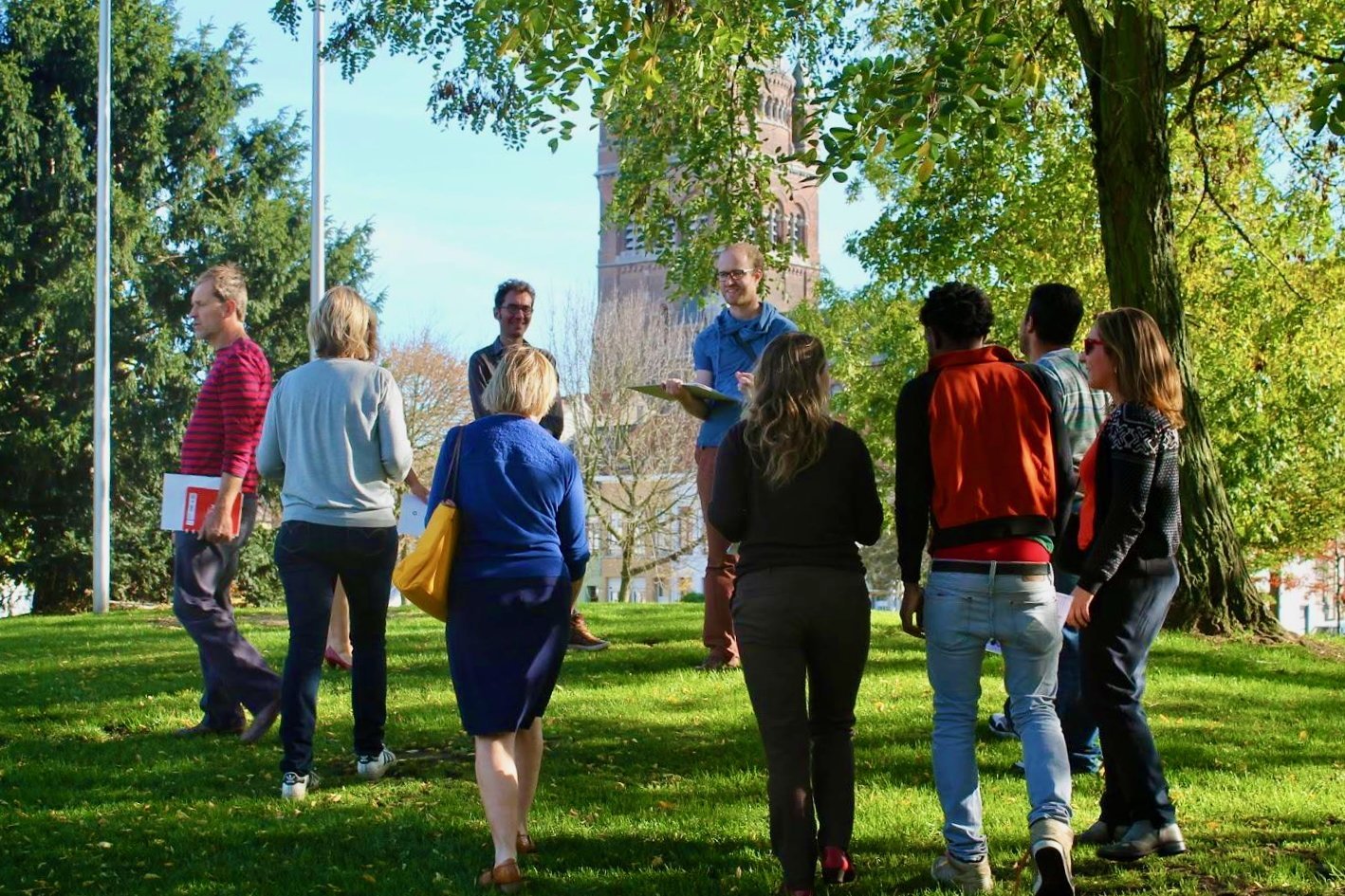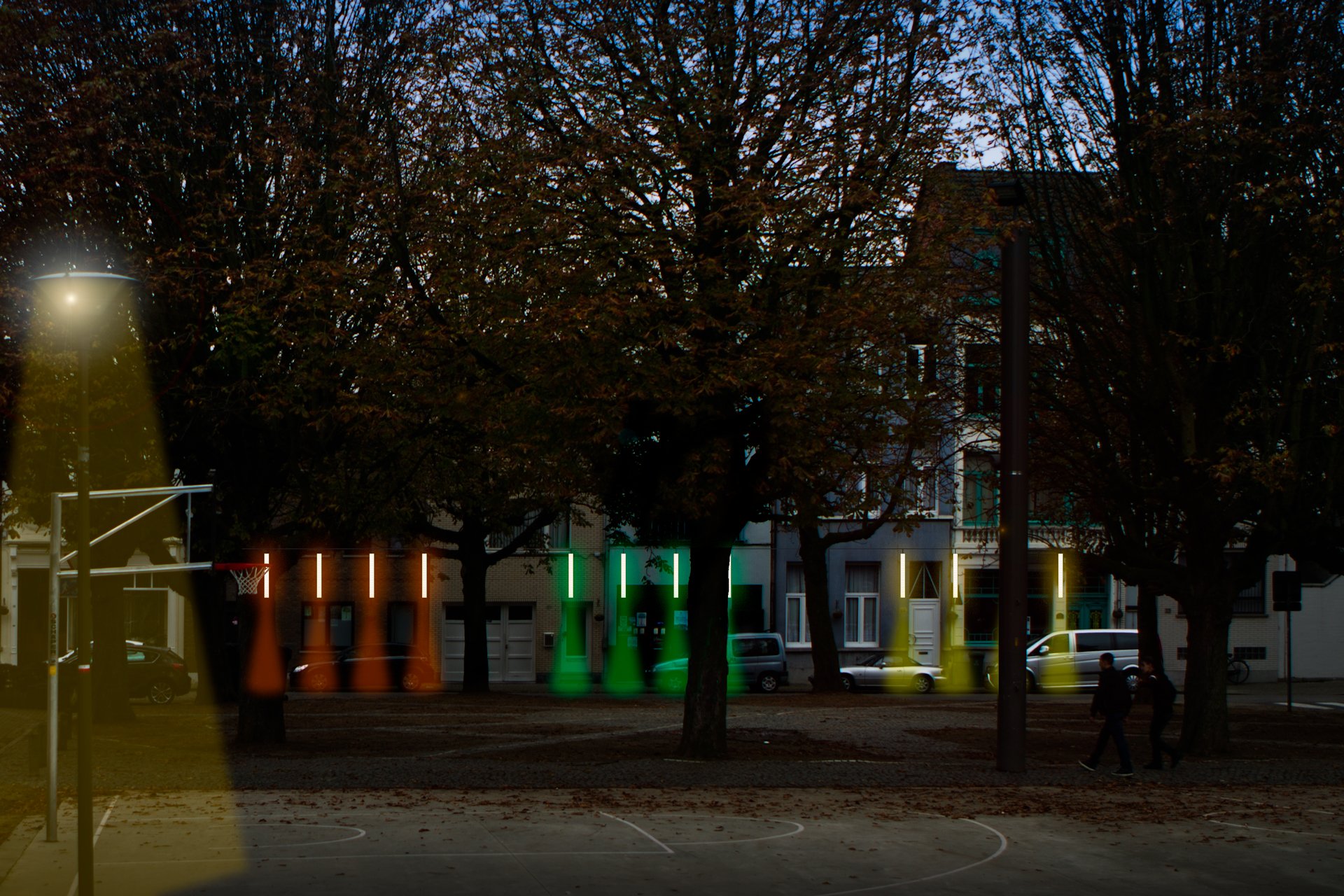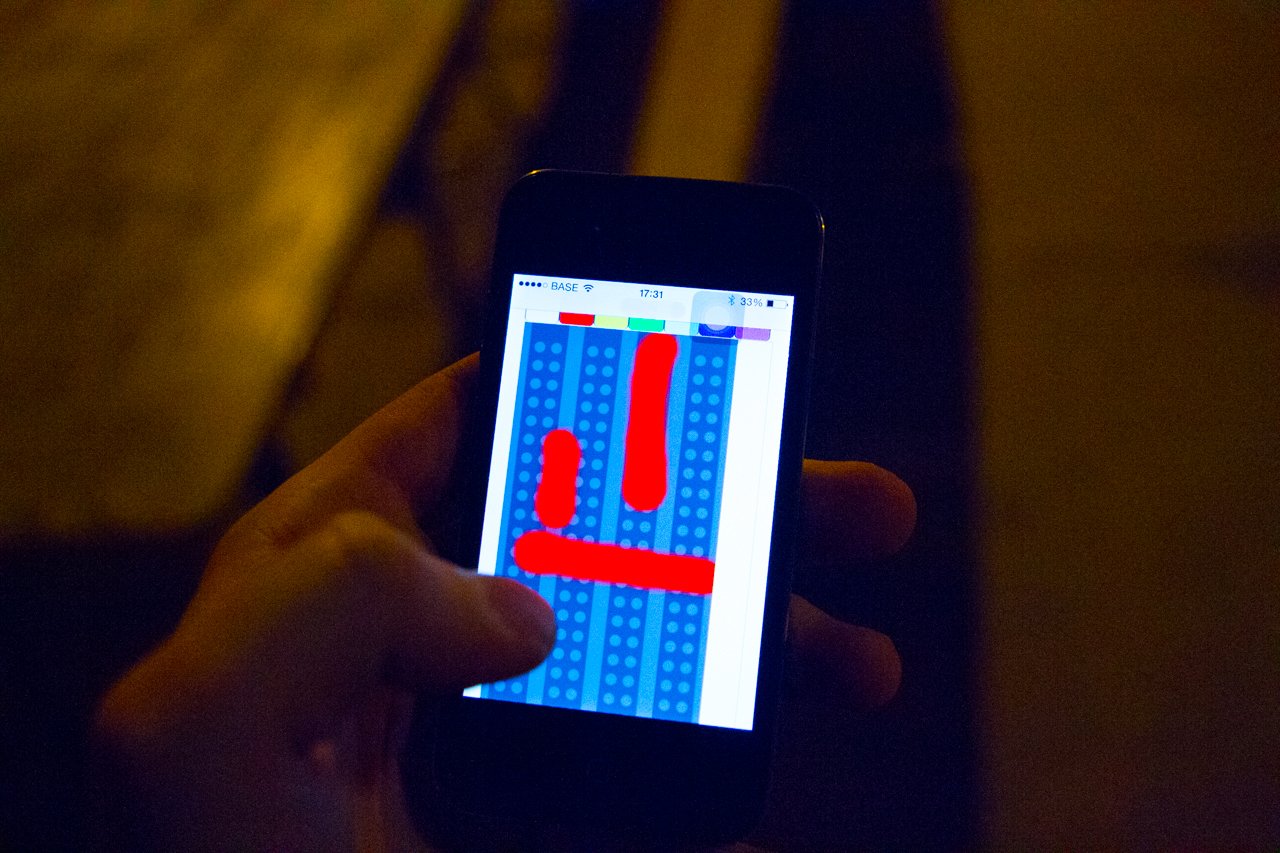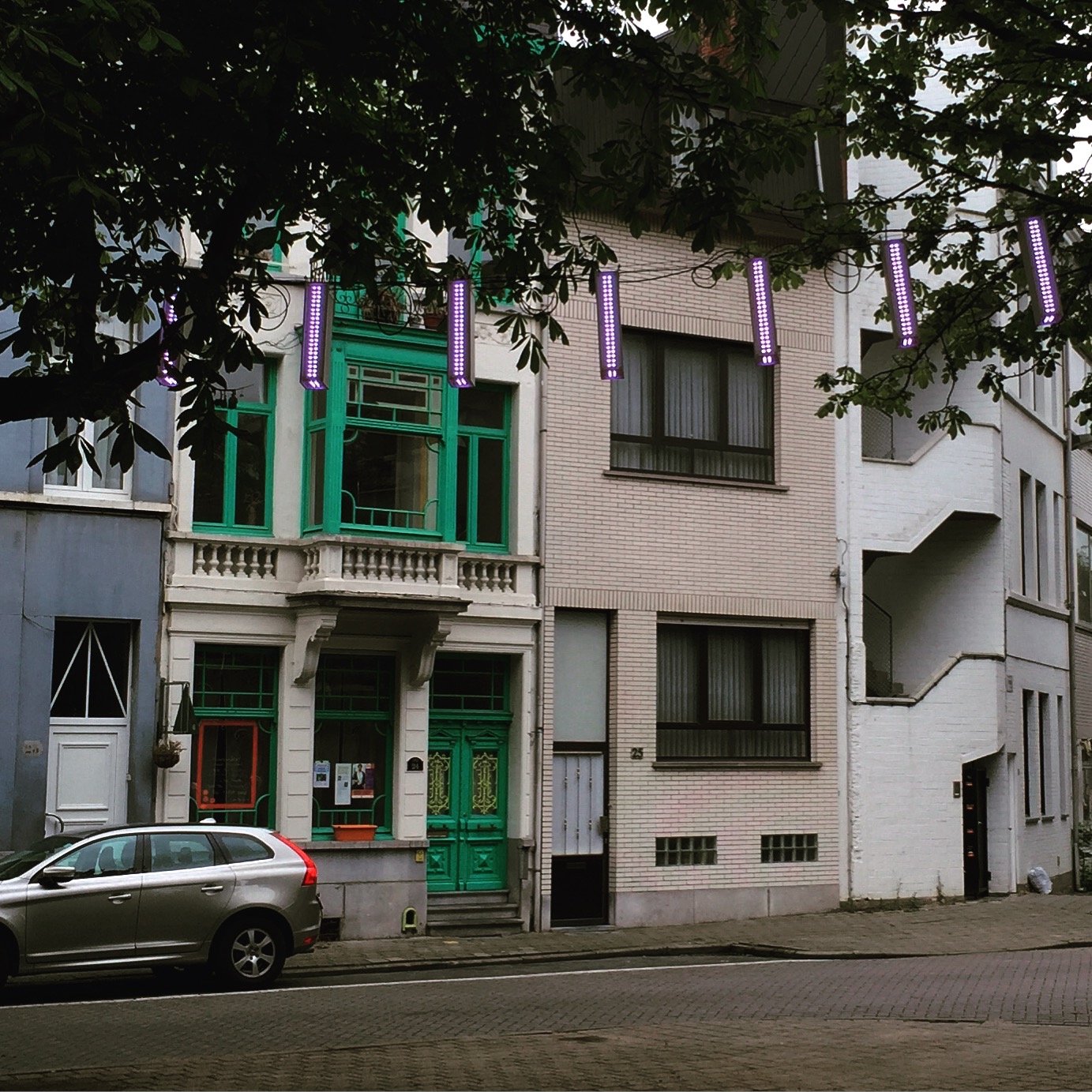Influencing the experience of public space through community driven design of digital media
Client
City of Antwerp, University of Leuven
Timeframe
June 2016 - September 2016
Role
Lead Researcher
Engagement
21 local community members




Objective
To reimagine how technology can foster connection, creativity, and ownership within a local community through an interactive light installation.
Methodology
We embraced a participatory approach to capture residents' voices and make the design outcome a tool for connection rather than just a spectacle.
Phase 1. We hosted a workshop with residents to capture perspectives about the community. As an outsider to the community, the workshop taught me about the area's strengths, challenges, and hotspots for a design intervention. The workshop consisted of map-based activities, a walking tour, and collaborative brainstorming to let participants reveal what made the area special to them and how they envisioned design interventions to enhance its character.
Phase 2. After initial synthesis, the group reconvened to select Krugerplein, a historic square with ancient trees, as the project site. We agreed on an interactive lighting concept that could convey messages like basketball scores, mark meeting spots ("meet me under the blue light"), or brighten the dark square at night. We chose a project title, Muqarnas (مقرنص), inspired by Islamic architecture, as a nod to the area's Muslim community.
Phase 3. Building on insights from the workshop, I designed and made 24 modular lights that could hang from the trees at Krugerplein. These lightweight, interactive modules could be individually controlled in real-time via an accessible web interface, enabling residents to create custom light displays and add a personal touch to their shared space.
Phase 4. After installation, we gathered feedback and refined the design and experience further. The outcome was unveiled at a local market, where residents could explore its possibilities firsthand.



Outcome
While the Muqarnas were only briefly active (due to technical constraints) they were a compelling prototype that demonstrated the potential of combining art, technology, and community engagement to transform public spaces.
The community engagement that informed this project saw residents embrace the opportunity to shape their shared spaces creatively. The temporary installation sparked conversations and excitement within the neighbourhood, proving the concept's ability to foster connection and inspire new ideas for public space activation.


